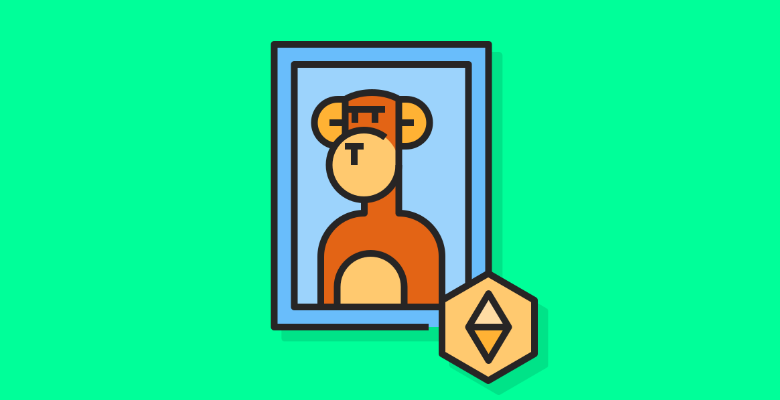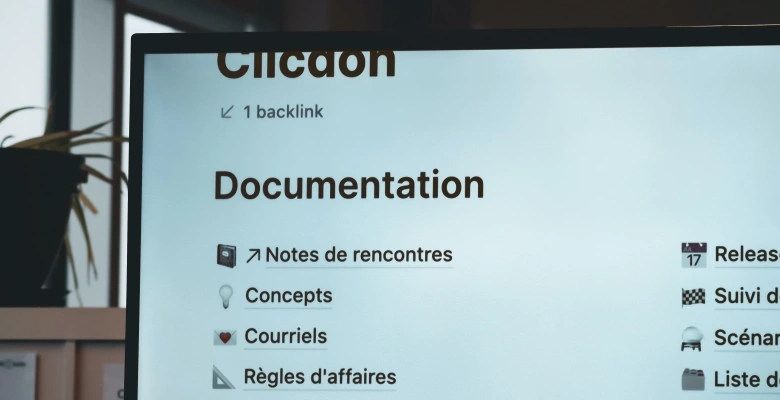
In recent years, Non-Fungible Tokens (NFTs) have taken the world by storm, sparking a digital revolution in the realms of art, collectibles, gaming, and even real estate. These unique digital assets have disrupted traditional industries and introduced a novel concept to the digital economy: ownership in the digital world. In this deep dive, we will explore the fascinating world of NFTs, from their inception and key features to their impact on art, culture, and the future of digital ownership.
What are NFTs?
Non-fungible tokens (NFTs) are a type of cryptographic token that represents ownership of a unique item or piece of content on a blockchain, typically the Ethereum blockchain. The term “non-fungible” refers to the fact that each NFT is distinct and cannot be exchanged on a one-to-one basis with another NFT, as opposed to cryptocurrencies like Bitcoin or Ethereum, which are fungible and can be exchanged like-for-like.
Key Features of NFTs:
- Uniqueness: NFTs are one-of-a-kind digital assets. Each NFT has a distinct digital signature that sets it apart from all others.
- Indivisibility: NFTs cannot be divided or split into smaller units. They exist as whole entities.
- Ownership and Provenance: Blockchain technology ensures clear ownership and a verifiable history of transactions for each NFT, proving its authenticity and origin.
- Interoperability: NFTs can be used across various applications and platforms, from art marketplaces to virtual worlds and video games.
The Origin of NFTs
NFTs first gained prominence in 2017 when CryptoKitties, a blockchain-based virtual cat breeding game, took the Ethereum network by storm. These digital cats were represented as NFTs, and players could buy, sell, and breed them.
CryptoKitties showcased the potential of NFTs in creating unique, tradable digital assets and laid the groundwork for the explosion of NFT-based projects that followed.
NFTs and Art
One of the most notable domains where NFTs have made a significant impact is the art world. Artists, musicians, and creators can tokenize their work as NFTs, which can then be sold on digital marketplaces. This provides creators with a new revenue stream and greater control over their art. Notable examples include:
- Beeple: The digital artist Mike Winkelmann, known as Beeple, made headlines in 2021 when his digital collage “Everydays: The First 5000 Days” sold for $69.3 million at a Christie’s auction, setting a new standard for the sale of digital art.
- Grimes: The musician and artist Grimes sold a series of digital art pieces as NFTs, earning millions of dollars in a short period.
- CryptoPunks and Art Blocks: These projects have created a new wave of digital art and generative art, allowing artists to create and sell their work in unique ways.
Collectibles and Virtual Real Estate
Beyond the art world, NFTs have also permeated the realm of collectibles and virtual real estate. Gamers and collectors have embraced NFTs as a means to own and trade unique in-game items, skins, and virtual land. The blockchain ensures the rarity and authenticity of these digital assets, giving them real-world value.
Virtual worlds like Decentraland and The Sandbox are emerging as platforms where individuals and companies can purchase virtual real estate using NFTs. This opens up a new dimension of virtual commerce, where ownership of virtual land can translate into real-world profits.
Challenges and Concerns
While NFTs have brought about significant opportunities, they also face criticism and concerns:
- Environmental Impact: The energy consumption of blockchain networks, especially Ethereum, has raised environmental concerns due to their carbon footprint.
- Copyright and Plagiarism: The digital nature of NFTs makes it easier for plagiarism and copyright infringement to occur, raising legal challenges and questions about the authenticity of some NFTs.
- Market Speculation: The NFT market has seen extreme price volatility and speculation, reminiscent of previous bubbles, such as the Dot-com bubble and the ICO craze.
The Future of NFTs
The future of NFTs is promising and ever-evolving. As technology continues to advance, NFTs will become more accessible and integrated into various aspects of our digital lives. Here are some potential developments:
- Wider Adoption: NFTs may find applications in various industries, from healthcare to education, offering proof of authenticity and ownership for digital records and certificates.
- Environmental Solutions: Blockchain developers are actively working on eco-friendly solutions to mitigate the environmental impact of NFTs, making them more sustainable.
- Regulation: Governments and regulatory bodies are working on frameworks to ensure the legal and ethical use of NFTs, addressing concerns related to copyright and fraud.
Conclusion
In conclusion, Non-Fungible Tokens have ushered in a new era of digital ownership, transforming how we perceive and interact with digital assets. From art and collectibles to virtual real estate and beyond, NFTs have disrupted traditional markets and opened up a world of opportunities for creators and collectors. As the technology matures and the challenges are addressed, NFTs are likely to become an integral part of the digital economy, forever changing how we define ownership in the digital realm.

Thank you Neha for this awesome article. I’ve learnt a lot about NFTs from this valuable piece of content.
Thank you Adam for your kind words. I’m glad that you liked my article.
Thank you Adam.